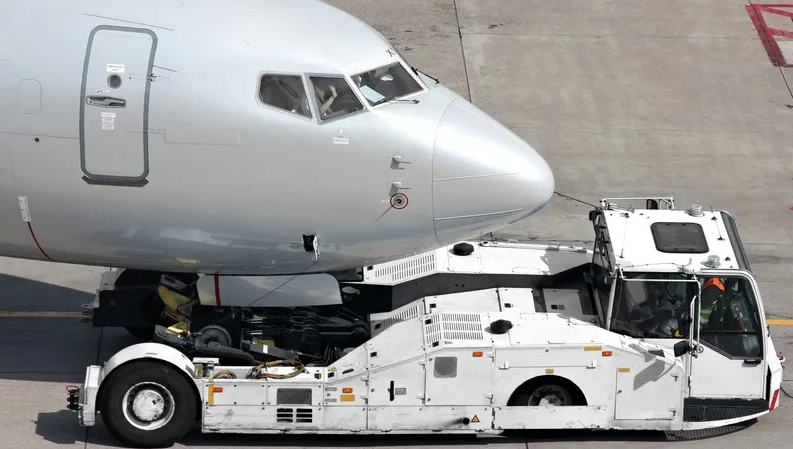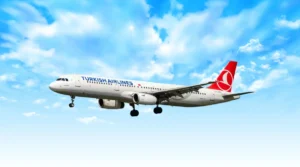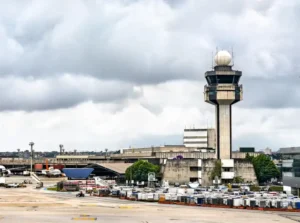DGCA of India Crackdown on Airport Safety After Drivers Fall Asleep
The DGCA has launched a probe into airport ground handling accidents caused by drivers falling asleep. New directives mandate adequate rest for operators and enhanced speed monitoring to prevent collisions.

Photo Source: https://www.airport-technology.com/
The Directorate General of Civil Aviation (DGCA) has launched a comprehensive investigation into recent accidents at airports involving ground handling vehicles and equipment operators. The probe revealed that drivers falling asleep while operating in the apron area were responsible for several collisions, prompting immediate regulatory action.
In response, the DGCA has issued directives to all ground handling service providers to ensure that drivers and equipment operators take adequate rest before starting their shifts, particularly for night duties. Operators are also encouraged to report any feelings of fatigue. “Investigations have shown that drivers and equipment operators have fallen asleep while operating in the apron area, leading to accidents involving personnel, airport structures, aircraft, and other vehicles,” the DGCA stated in a safety advisory.
To mitigate these risks, the DGCA has mandated the installation of speed governors on all vehicles operating in the airport’s operational area, limiting speeds to a maximum of 30 kmph. Exceptions are made for fire and rescue vehicles, ambulances, quick reaction teams of the Central Industrial Security Force, and “Follow Me” jeeps.
Airport managers have been advised to implement technology for speed monitoring and vehicle tracking, utilize speed guns at vulnerable locations, and enforce strict penalties, including the cancellation of Airport Driving Permits (ADP) for violations. Additionally, the use of mobile phones while operating vehicles and equipment in the airside area has been banned.

The DGCA emphasized the serious consequences of collisions at airports, identifying apron/ramp safety as a National High Risk Category (N-HRC) in the National Aviation Safety Plan (NASP). Previous safety measures, introduced in 2007, have proven effective, and the new directives aim to address common causative factors, such as non-adherence to standard operating procedures (SOPs) and inadequate training.
Further guidelines include the installation of CCTV cameras with recording facilities and video analytics in operational areas, and the prompt dissemination of information regarding adverse weather conditions to all airport stakeholders.






